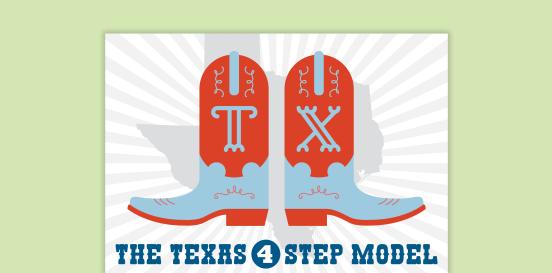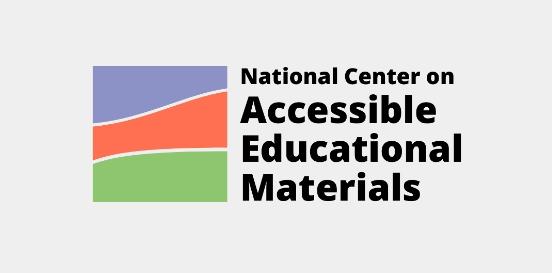Coin-counting Calculator
A calculator with keys shaped and sized exactly like coins and a dollar bill. It adds or subtracts money amounts and has voice output.
Considerations
Take the following considerations into account when selecting and implementing AT to ensure that the chosen tools are well-suited to the student’s needs, align with their goals, and seamlessly integrate into their educational journey. By embracing a collaborative approach and considering the specific skills, tasks, and implementation context, educators can provide students with the necessary support to thrive academically and functionally, promoting inclusivity and fostering their overall success.
Skills and Tasks What skills or tasks will the student utilize this tool for? What areas, functional or academic, does this tool support?
Recognize the value of coins and dollars, count money, and add and subtract monetary values
Implementation Context In what activities, classes, or environments will the student utilize this tool?
May benefit students with a specific learning disability in one or more of the basic psychological processes involved in understanding mathematical calculations.
A coin-counting calculator could be used by a student as assistive technology in several ways:
- Learning basic math skills: For students learning basic math skills like addition, subtraction, multiplication, and division involving money, the coin-counting calculator can provide hands-on practice. It can help reinforce concepts by allowing students to physically manipulate coins and see the numerical values associated with them.
- Counting and sorting coins: Students with difficulties in counting and sorting coins due to conditions like dyscalculia can benefit from the coin-counting calculator. Its tactile nature allows them to physically handle and organize coins, making it easier for them to understand their values and relationships.
- Visual and tactile learning: Some students learn best through a combination of visual and tactile experiences. The coin-counting calculator provides both, as students can see the coins and also physically interact with them, enhancing their understanding and retention of concepts.
- Independent practice: The coin-counting calculator enables students to practice independently, allowing them to work at their own pace and gain confidence in their math abilities without the need for constant supervision.
- Accessibility: For students with visual impairments, the tactile nature of the coin-counting calculator makes it accessible, as they can differentiate between coins by touch. Additionally, some models may include auditory feedback, further enhancing accessibility for students with visual impairments.
- Real-world application: Learning with the coin-counting calculator provides students with practical, real-world applications of math concepts, particularly those related to money and finances. This can increase engagement and motivation by demonstrating the relevance of what they're learning.








